The fauna on Benijo Beach and its surroundings is limited to small vertebrate species commonly found on hillsides and cultivated areas. In this way, you can observe in the area: Tenerife blue tits (Parus teneriffae), blackcap warblers (Sylvia atricapilla heineken), chiffchaffs (Phylloscopus canariensis canariensis), Canaries (Serinus canarius), and red buntings (Carduelis cannabina meadewaldoi). Additionally, visitors can also spot larger predatory birds such as the long-eared owl (Asio otus) and the kestrel (Falco tinnunculus canariensis). Likewise, visitors may encounter some reptiles like common wall lizards (Gallotia sp.), skinks (Chalcides viridanus), and geckos (Tarentola delalandii).
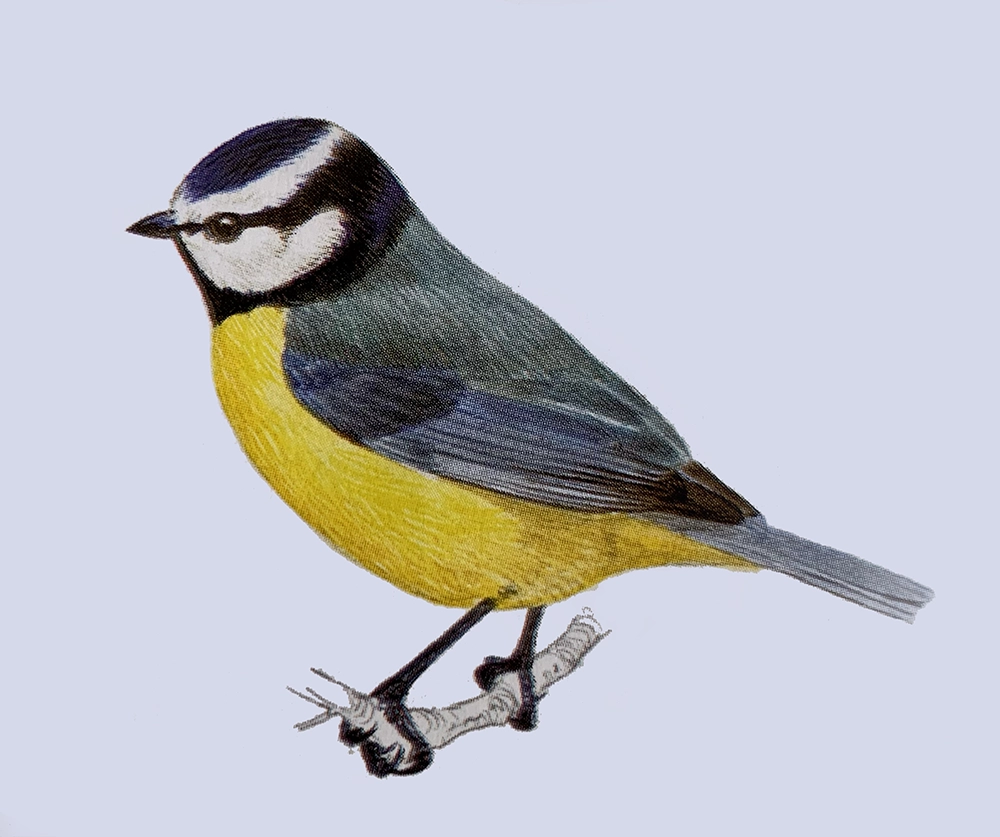
African Blue Tit (Parus teneriffae). ~11 cm. Recently separated from the Common Blue Tit. Crown and other head markings black-blue; back variably blue or greenish. Longer and finer beak. In the Canary Islands, laurel forests, pine forests, tamarisk groves, palm groves, and cultivated areas.
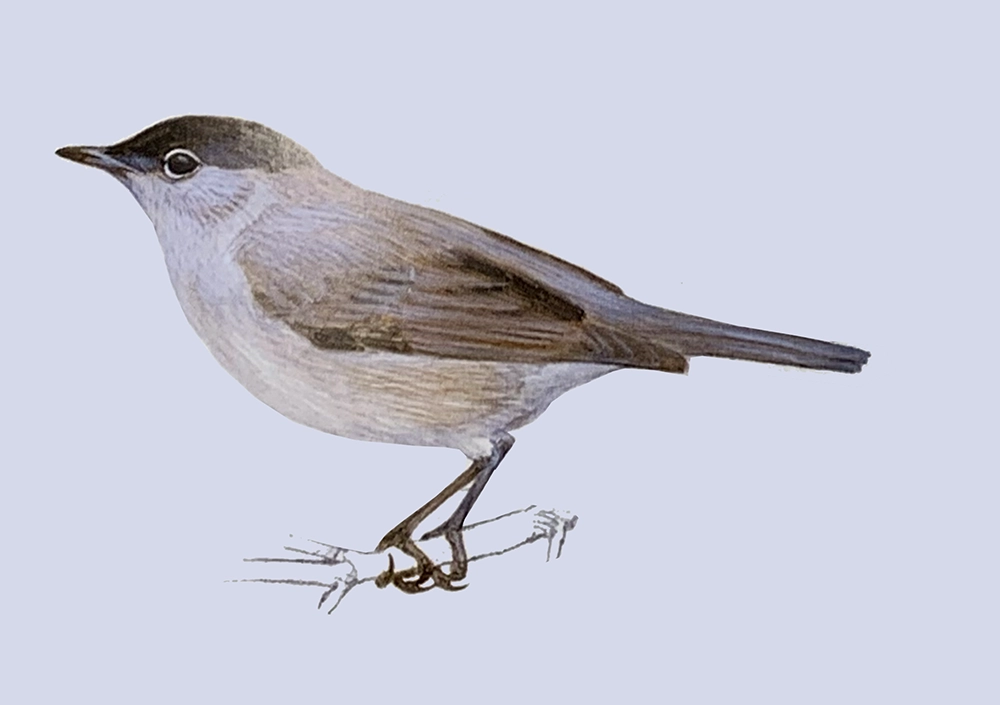
Blackcap (Sylvia atricapilla) approximately 14 cm long. Males have a black “cap” and females have a brown one. Unlike other warblers, it lacks a white throat and outer tail feathers, resembling only the Chiffchaff. Call: chec, harsh, frequently repeated. Song is excellent, with long phrases that often start poorly and end with slow and very musical notes.
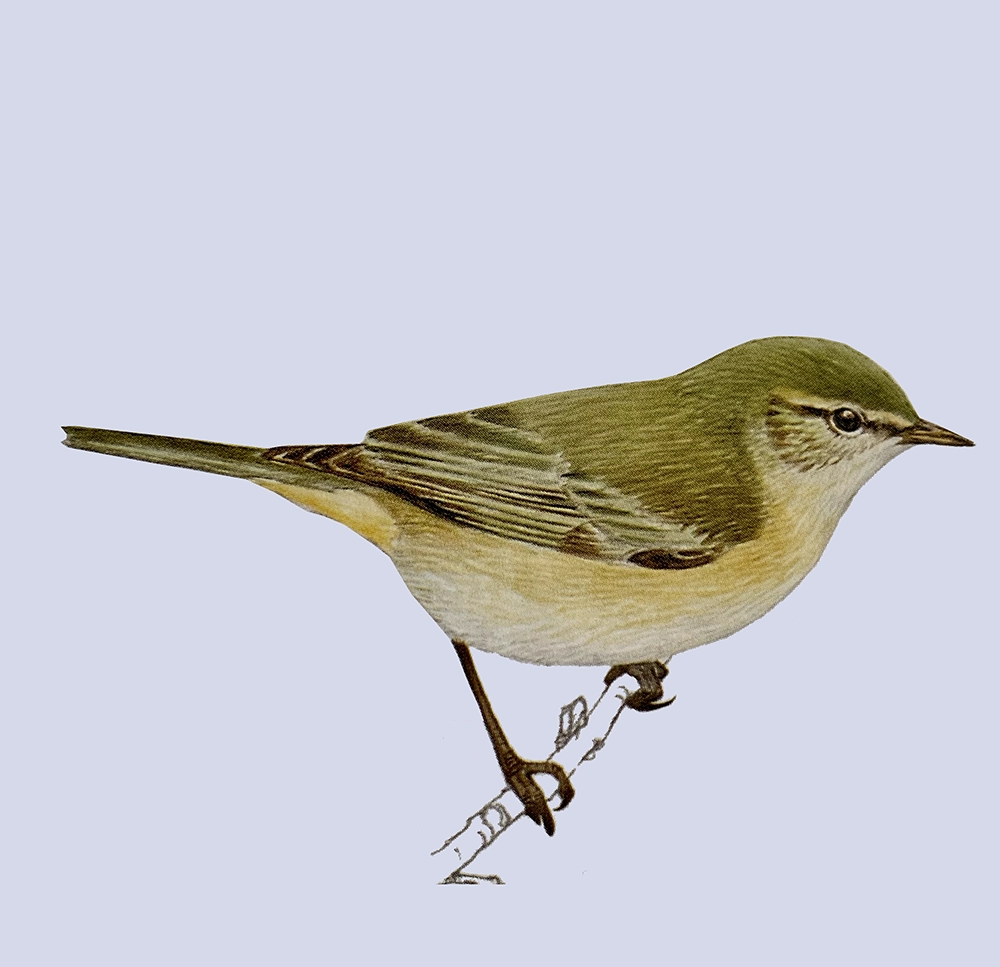
Canary Islands Chiffchaff (Phylloscopus canariensis) approximately 10 cm long. Recently separated from the Common Chiffchaff. Darker, smaller, and with more rounded wings than the latter. Song is faster and more explosive, with notes that are similar to each other. Call is disyllabic. Found in all types of non-arid environments, including cultivated areas and gardens.
Resident. Breeds from January to June. Very abundant and widespread, although absent from the eastern islands.
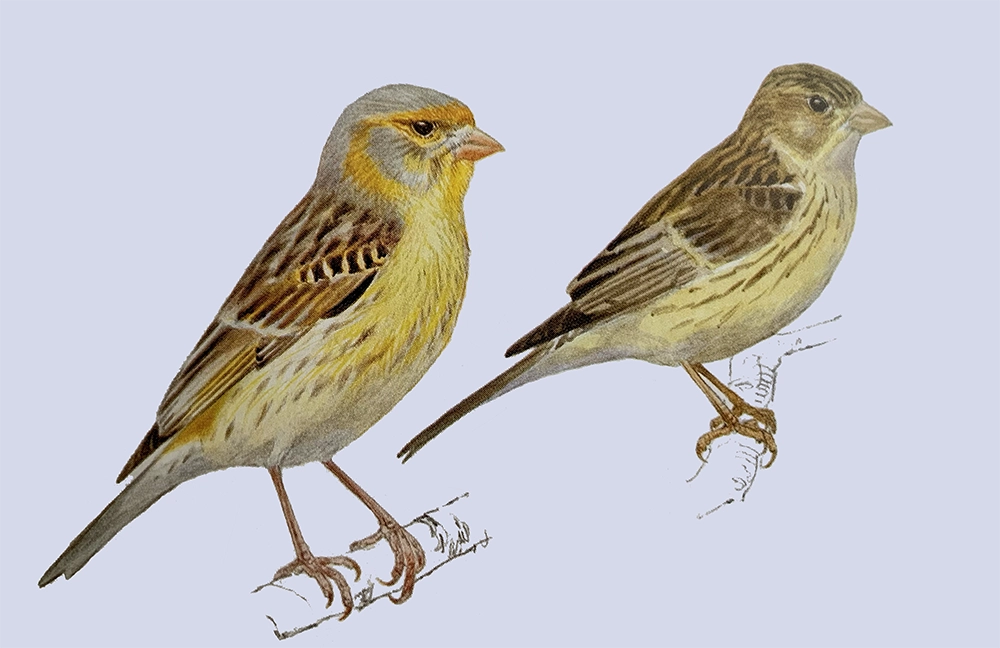
Canary (Serinus canaria) approximately 13 cm long. Endemic to Macaronesia; the origin of domestic canaries.
Larger and more slender than the European Serin, with a longer tail and proportionally shorter wings; larger beak; head more grey; less pronounced streaks; yellow also on belly and flanks; less prominent rump. Unlike the Common Greenfinch, tail and wings are unmarked. Song is varied and musical (familiar from caged birds). Calls: sharp chuiit, chiuririri in flight.
Found in cultivated areas, forest edges, ravines, mountain shrubs, large prickly pear cactus areas, and gardens.
Resident, abundant and distributed in the central and western islands.
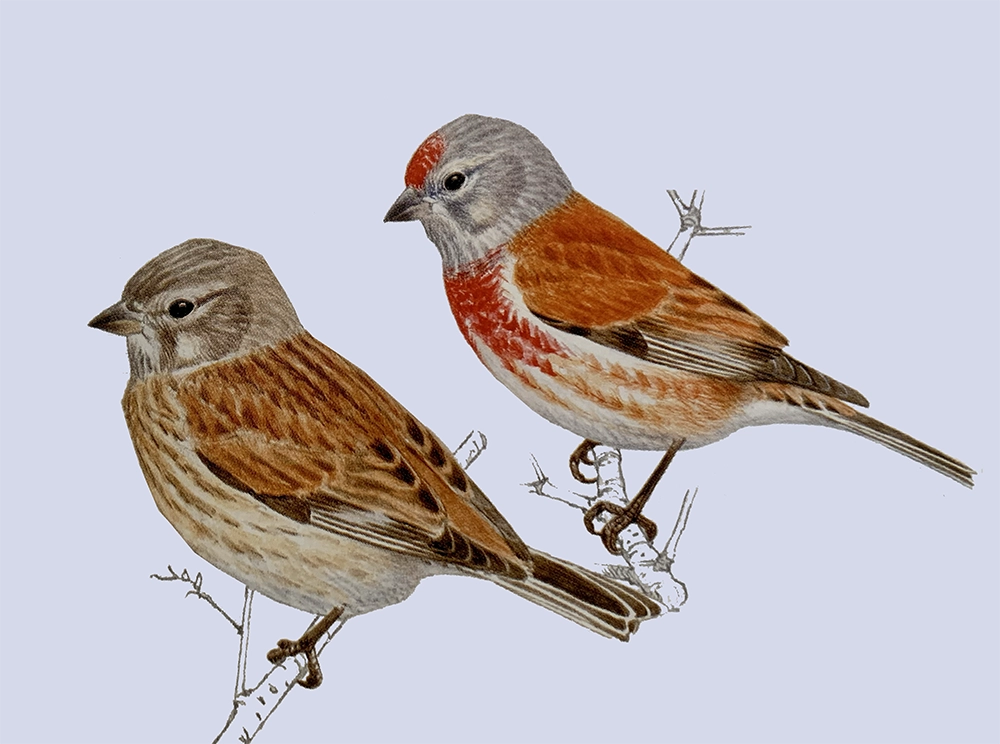
Common Linnet (Carduelis cannabina) approximately 13 cm long. Very common in open areas. Brownish, with white areas on the wings (edges of the primaries) and on the sides of the tail. In autumn, both sexes look similar; as the plumage wears, bright carmine spots gradually appear on the chest and forehead of the males (which still show a grey head and brown back).
Juveniles resemble females but are even duller and more streaked. Short, dark beak. Flight call is a brief trill ti-ti-tirit or chichichichit; alarm call: tsuuit. Song is melodious and pleasant, though weak, with a rapid mix of trills, warbles, and whistles, sometimes involving the female. Highly gregarious, often nesting very close to each other.
Nests in all types of shrubs (gorse, broom, juniper, heather, rockrose, broom, rosemary, thyme…) and in bushes, hedges, vines… and visits mountain slopes, grasslands, fallow land, and cultivated areas to feed. Found at various altitudes. Partial migrant, with resident, migrating, and numerous wintering birds from central and northern Europe (ssp. cannabina); migration peaks in October-November and March-April. “Ssp. mediterranea” (sometimes not recognized) is very common and widespread, more frequent in warmer areas. Winters and migrations are more notable in the eastern half. Frequently captured for cages. In the Canary Islands; endemic subspecies harterti (Lanzarote and Fuerteventura) and meadewaldoi (rest): widespread and variable in commonality; Data Deficient.
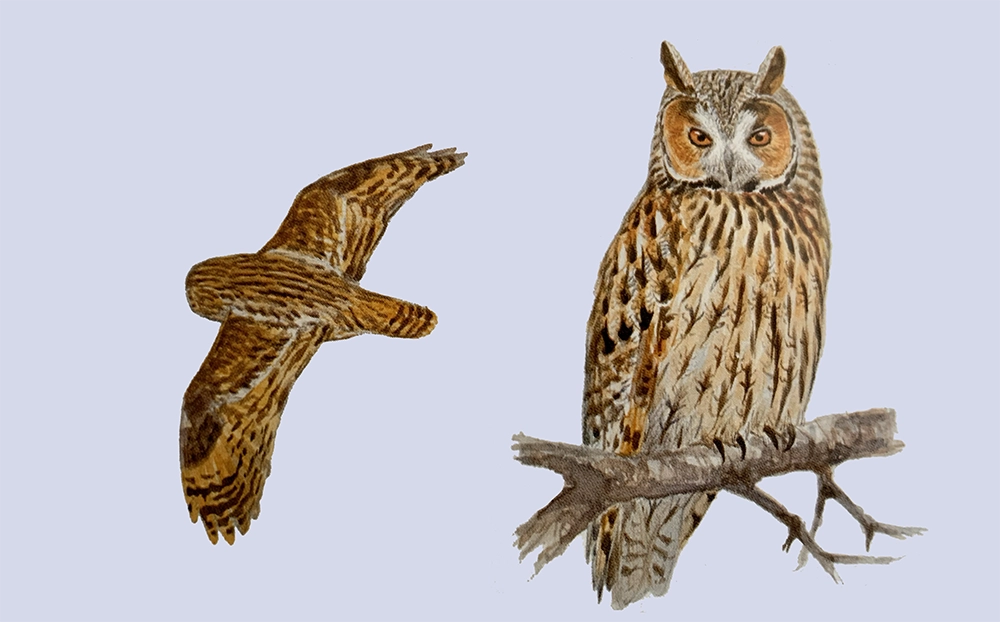
Long-eared Owl (Asio otus) approximately 35 cm long. Eared like the Eagle Owl but much smaller. Slimmer than the Tawny Owl, with orange eyes and a buff facial disk.
Nocturnal call, rarely heard, a low huu every 2-3 seconds. Spends the day hidden among branches. Generally solitary, forming roosts in winter.
Pellets like those of the Tawny Owl, somewhat smaller (~4-5 cm x 2 cm) and more irregular.
Found in pine forests, reforested areas, oak groves, riparian forests, and forests with clearings. Occupies nests of corvids. Hunts mice, voles, and birds.
Resident. Perhaps some wintering birds from northern Europe. Subspecies canariensis: common and well-distributed in the central and western Canary Islands.
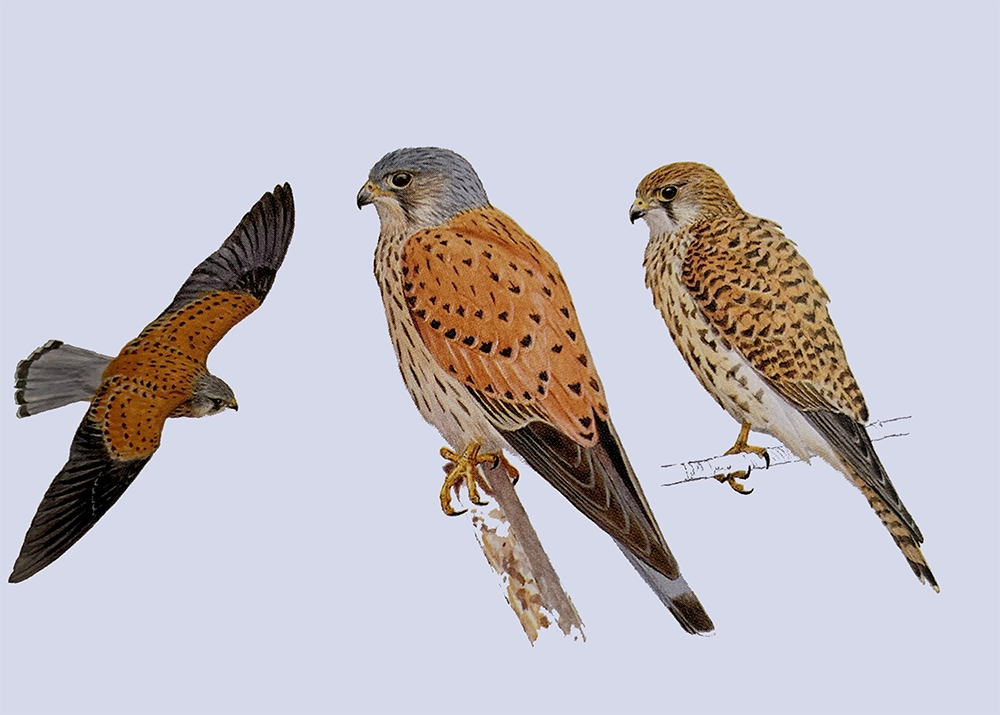
Common Kestrel (Falco tinnunculus) approximately 32 to 35 cm long. Ubiquitous, long-tailed, often hovers. Very similar to the Lesser Kestrel. Male with grey head and brown, mottled back; female brown, heavily marked. Juveniles resemble females, more streaked. Call: kii-ki-kii.
Wide range of habitats, nests on rocks, trees (corvid nests), buildings… and hunts in cultivated areas, grasslands, shrubs, and ditches.
Resident, with migrations and dispersals; many European birds passing through or wintering. Very common and widespread. More wintering birds on the Mediterranean coast. Abundant in the Canary Islands with subspecies dacotiae on Lanzarote and Fuerteventura and canariensis on the rest of the islands.
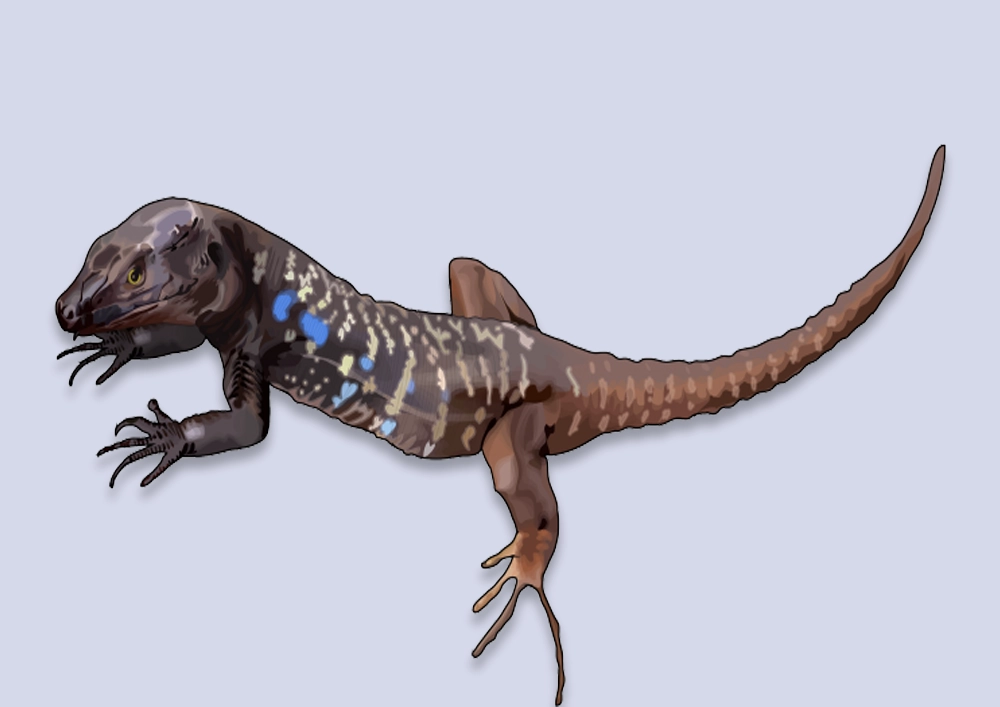
The genus Gallotia comprises the lizards of the Canary Islands. The endemic species and subspecies of this group have a series of characteristics that make them very special within their family. They are characterized by consuming significant amounts of plants, and several lineages often serve as classic examples of island gigantism.
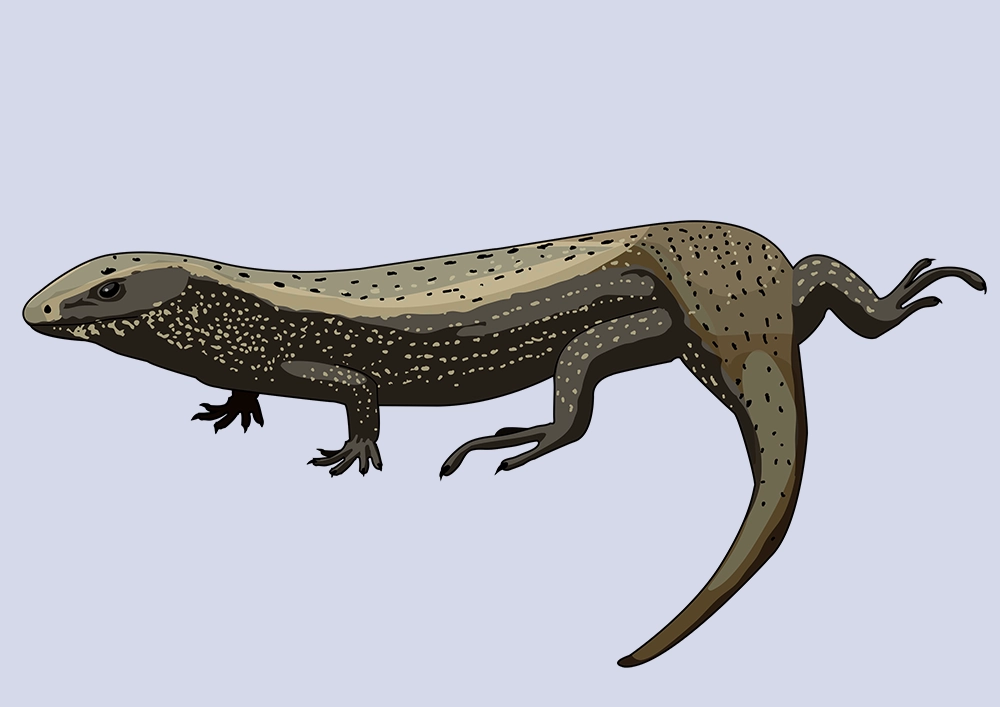
A reptile with a cylindrical body and very short legs, displaying a color range from golden-brown to bright red, with black sides and belly with lighter spots. It is an endemic species found on the islands of Tenerife, El Hierro, and La Gomera.
It measures about 18 cm in length, with females usually being slightly longer and larger than males. Younger common lizards can be distinguished by a bluish tail.
It has a wide vertical distribution, ranging from sea level up to altitudes of 2300 m. It is common in areas of “tabaibal-cardonal” vegetation and cultivated land. It hides under walls, bricks, and stones.
Its diet is based on invertebrates and insects, occasionally snails and fruits.
This web space collects information of interest about these emblematic beaches on the island of Tenerife that serves as a guide for visitors and curious people. The information collected here is not of any contractual nature, is not official and may contain inaccuracies.
© 2021 Algunos derechos reservados www.playadebenijo.es.
